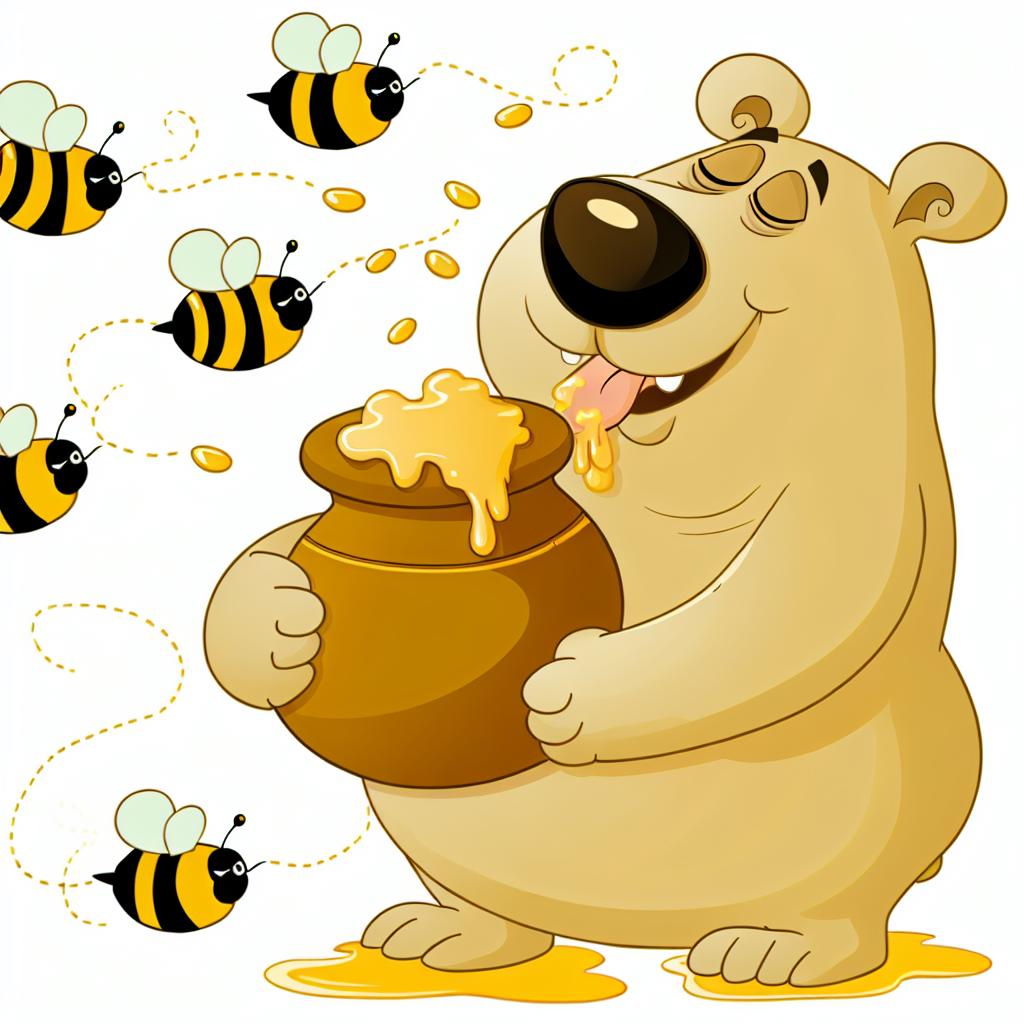The Relationship Between Bears and Honey
Bears are often portrayed in popular culture as having a strong affinity for honey, but how accurate is this portrayal? This article delves into the science behind whether bears genuinely like honey and why this may be the case.
Understanding Bear Diets
Bears are omnivorous animals with diets that vary considerably based on species, geographic location, and seasonal availability of food. While they do consume a variety of foods, the typical bear diet consists of plants, fruits, seeds, and occasionally small mammals or fish. Among these dietary inclusions, insects and their larva can be particularly appealing.
Honey as a Food Source
The question of whether bears are attracted to honey itself or the insects surrounding it is crucial to understanding their behavior. Honey, primarily composed of sugars, can be an attractive energy source for bears. However, the real lure might be more complex. Bees and their larvae, often present in hives, provide bears with proteins and fats, which are critical components of their diet.
Scientific Observations
Field observations and studies have indicated that bears will often seek out beehives primarily to consume bee larvae and honeycomb rather than just the honey. This nutrient-rich combination makes beehives a multifaceted resource. You can learn more about bear diets from the National Geographic overview of bear behavior.
Nutritional Benefits of Honey
Energy Source
Honey provides a quick energy boost due to its high sugar content. For bears, especially during periods when they need to build fat reserves for hibernation, such energy-dense foods become particularly important.
Nutrients Beyond Sugar
In addition to sugars, honey contains trace amounts of vitamins and minerals. Although these may not be significant in the context of a bear’s complete diet, they could contribute to its overall nutritional intake. It’s interesting to note how bears in the wild balance their nutritional needs through diverse food sources.
Ecological Significance
Bears’ foraging behavior can impact their ecosystem. By raiding beehives, they can indirectly influence the ecosystem, helping to maintain a balance by controlling bee population dynamics. This activity might aid in the adaptation strategies of certain plant species, as they might evolve defensive traits against pollinators.
Conclusion
In conclusion, while bears do consume honey, it is the combination of honey, bee larvae, and honeycomb that likely drives their interest in beehives. Their behaviors are influenced by nutritional needs that vary across different times of the year and environmental conditions. Bears’ engagement with beehives showcases the intricate and multi-layered nature of feeding strategies in the wild.
For more information on this topic, consider reading articles from reputable sources like the Bear Conservation website.

